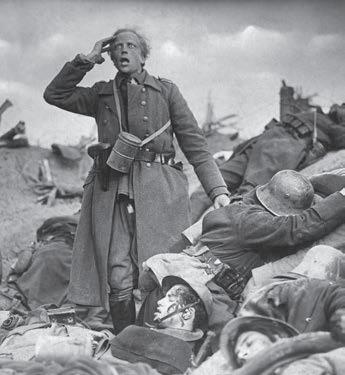
1 minute read
German Ways of War
The Affective Geographies and Generic Transformations of German War Films

JA I MEY F I SHER
“
German Ways of War is an engaging text that charts out a captivating genre history that extends far beyond its immediate scope of German war lms. The book is written as a fascinating account to how warfare changed in the twentieth century. . . The project is meticulously researched and provides invaluable political, historical, and legal documentation regarding war and peace policies in Germany.”
—Nora M. Alter, author of Projecting History: German Non ction Cinema 1967-2000
German Ways of War deploys theories of space, mobility, and affect to investigate how war lms realize their political projects. Analyzing lms across the decades, from the 1910s to 2000s, German Ways of War addresses an important lacuna in media studies: while scholars have tended to focus on the similarities between cinematic looking and weaponized targeting—between shooting a camera and discharging a gun—this book argues that war lms negotiate spaces throughout that frame their violence in ways more revealing than their battle scenes. Beyond that wellknown intersection of visuality and violence, German Ways of War explores how the genre frames violence within spatio-affective operations. The production of novel spaces and evocation of new affects transform war lms, including the genre’s manipulation of mobility, landscape, territory, scales, and topological networks. Such effects amount to what author Jaimey Fisher terms the lms’ “affective geographies” that interweave narrative-generated affects, spatial depictions, and political processes.
JAIMEY FISHER is a professor of German and cinema and digital media at the University of California, Davis. He is the author of Treme, Christian Petzold and Disciplining Germany: Youth, Reeducation, and Reconstruction after the Second World War War Culture


